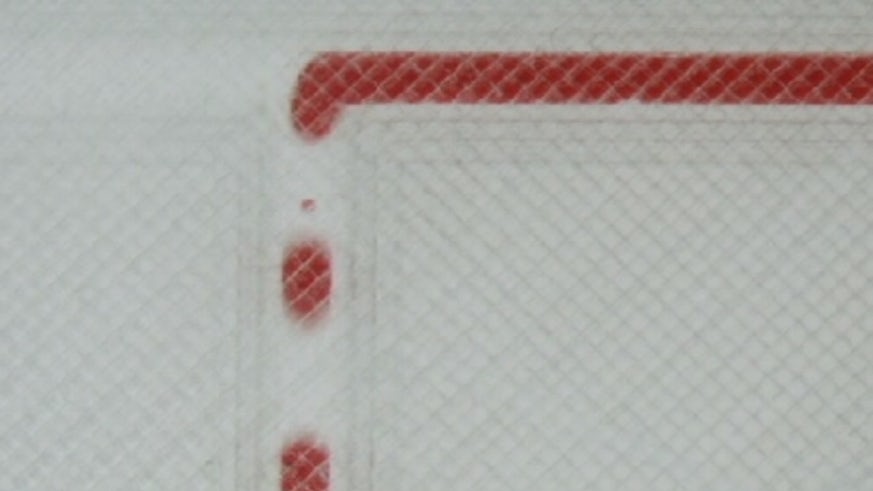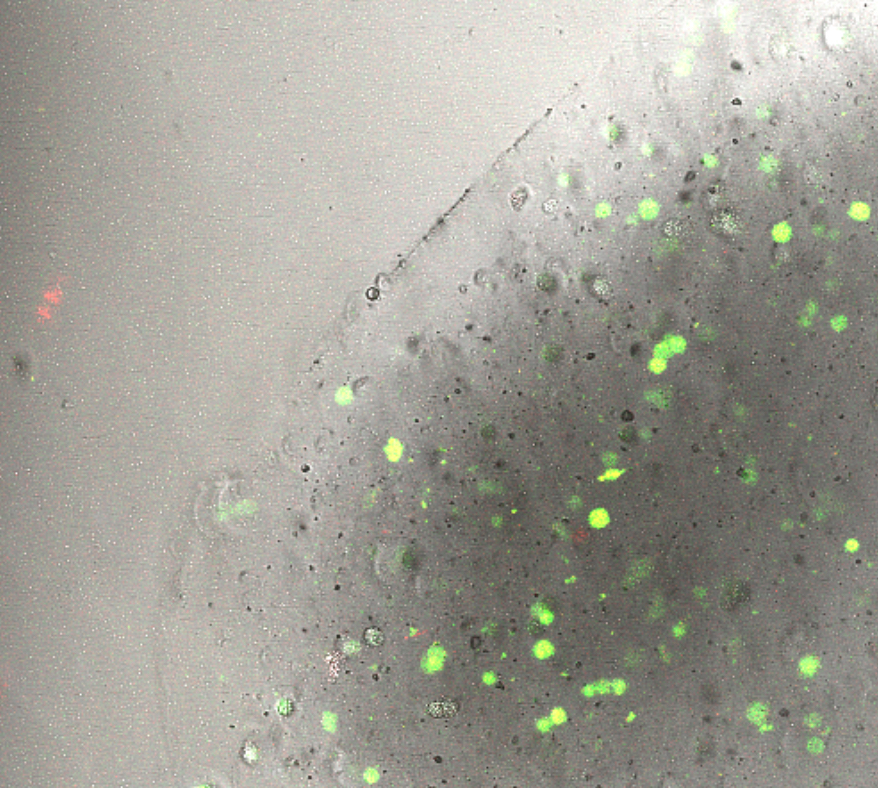3D printing of Lego fluidics
14 April 2016

3D printing will open up microfluidic technology to a wider audience.
Microfluidics allows for the precise manipulation of fluids on the small scale. For many years it has been hailed as a technology capable of revolutionising research in the chemical and biological sciences. However, high equipment costs and specialised skill requirements have created a barrier that has limited the uptake of microfluidics in laboratories where it could be most beneficial.
The use of relatively cheap and simple 3D printers to fabricate microfluidic devices using widely available materials could open up the possibilities of microfluidics to the wider scientific community allowing devices to be easily shared and created.
Dr Oliver Castell, School of Pharmacy & Pharmaceutical Sciences and Prof. David Barrow in Cardiff School of Engineering have developed methods of printing Lego-like fluidic modules which can easily be used to create reconfigurable microfluidic systems. Optimisation of printing conditions and materials has enabled the printing of transparent devices for observation of fluid flow or even fluorescent imaging. This pioneering microfluidics work has been carried out by post-doctoral scientist in microfluidics and synthetic biology, Dr. Alex Morgan, in the laboratories at Cardiff University.
Droplet microfluidics exploits the difference in fluid behaviour on the small scale, where surface and viscous forces dominate. Many small droplets of water in oil can be produced at a rapid rate with great regularity. These microdroplets are useful for miniaturisation of chemical reactions and rapid, high-throughput experimentation.

In collaboration with colleagues Phil Stephens and Bing Song in Cardiff School of Dentistry, we show the potential use of 3D printed droplet microfluidic systems to encapsulate stem cells in droplet capsules. This technology enables scientists to culture cells in three-dimensional structures and create synthetic materials both supporting and protecting encapsulated cells. Such technology is expected to find use as implantable tissue scaffolds in regenerative medicine and tissue repair.


